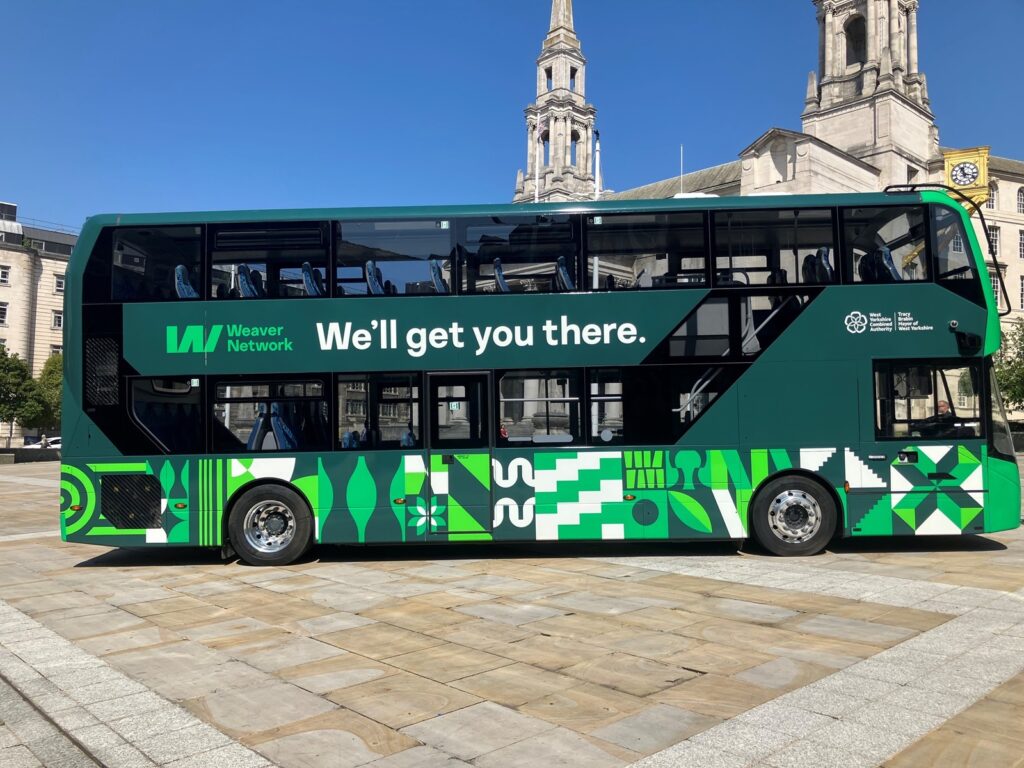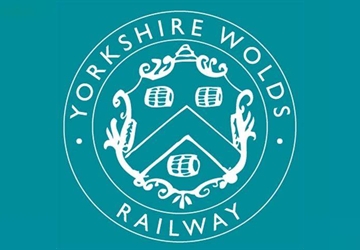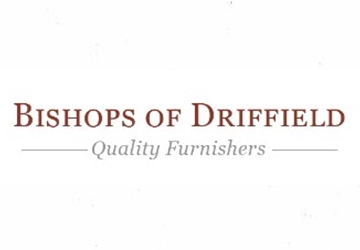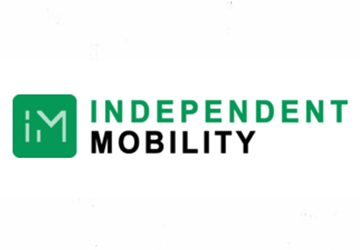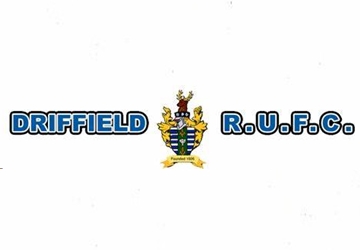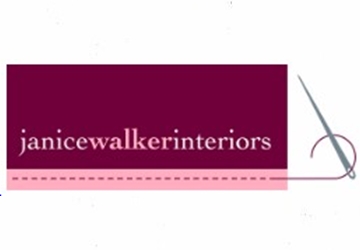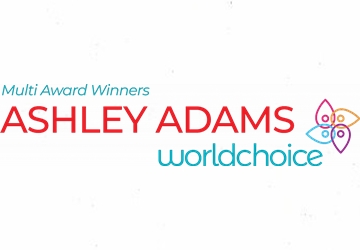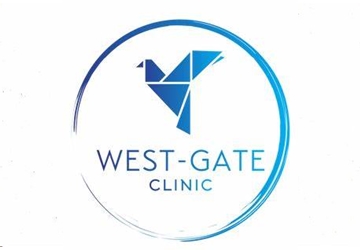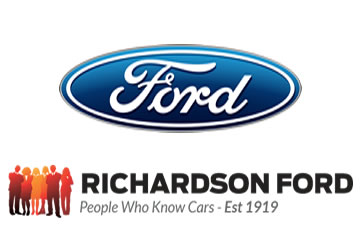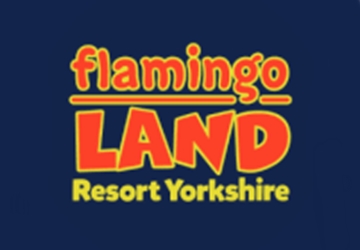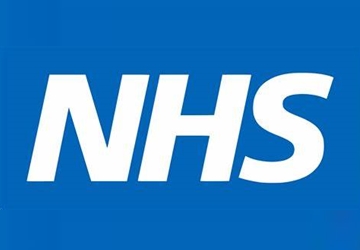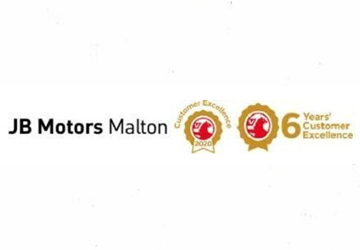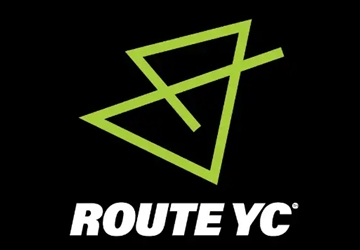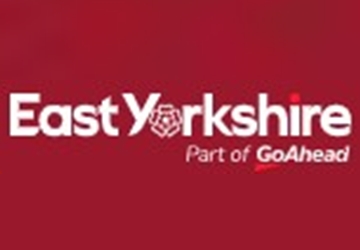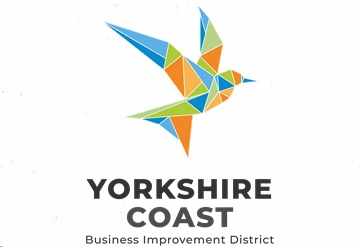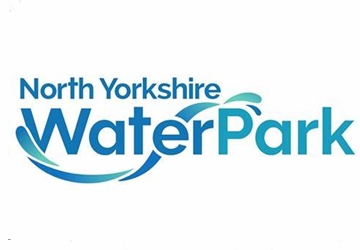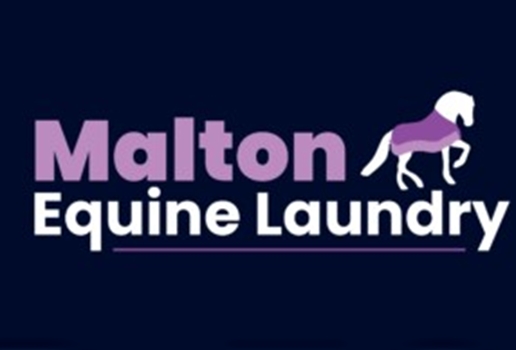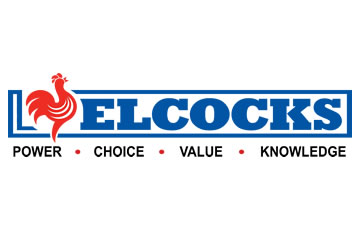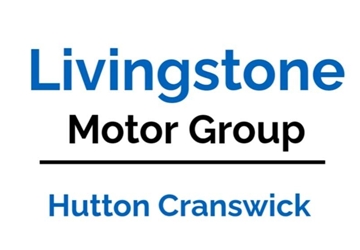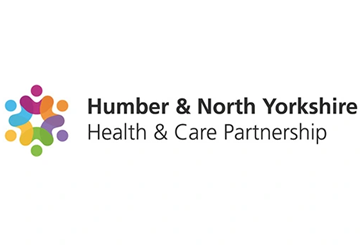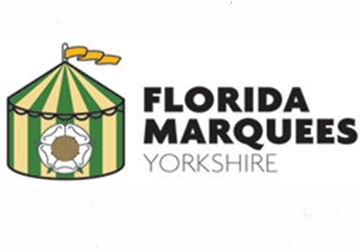WEST Yorkshire’s public transport system will be re-branded the Weaver Network in reference to the region’s textile heritage.
The existing Metro branding, which has been in place since the 1970s, is being phased out as West Yorkshire Combined Authority (WYCA) works towards franchising the region’s buses.
The branding is inspired by local artists from David Hockney to Barbara Hepworth, and Poet Laureate Simon Armitage had a say in the new name, which will replace the 19 different brands used on West Yorkshire buses.
On Monday morning, the new Weaver Network brand was unveiled in City Square in Leeds, with the first bus bearing the logo and artwork rolled into the public square for a photo call with the leaders of all five West Yorkshire Councils.
West Yorkshire Mayor Tracy Brabin said the branding will be rolled out gradually in the coming years as bus stops, vehicles and signage are replaced.
The under construction Heckmondwike bus hub is likely to be one of the first places where the Weaver Network brand will be on full display.
As well as West Yorkshire buses, the branding will also be used on the planned tram system, active travel schemes like bike lanes and bike hire schemes, and even on some local train routes.
Last year WYCA decided to bring the region’s bus services under public control through a franchise model.
Ms Brabin said: “We thought, do we need a new brand network? Yes we do, and we wanted to make it really simple for the public to understand.”
She said Simon Armitage had been invited to have an input on the branding, and that he “unlocked the creativity” in coming up with the name.
Ms Brabin said: “It came out of the area’s textile history, as well as the idea that it is weaving together West Yorkshire’s communities.”
Art on the side of the bus that was unveiled on Monday features nod to Burberry, Harris Tweed, Henry Moore and the region’s nature.
WYCA says the branding will be introduced gradually to make it as cost effective as possible, starting with existing planned replacements at bus stops and stations.
The branding will then be rolled out further when buses are taken under local control from 2027, before being included on the planned West Yorkshire tram system, for which construction work will start in 2028.
Ms Brabin said: “We did think about having a big bang and rebrand everything at once, but I’m from Yorkshire, and we don’t want to pay money when we don’t have to, so at the moment we’ll be replacing things when they get to the end of their life.
“We’ll be bringing the brand to the new stations that are being built at Huddersfield, Dewsbury and Heckmondwike.
“We’re buying new EV buses that will also have the new branding.
“It might be frustrating for the public to see it the different branding for a while, but it will look great in the end.”
WYCA also hopes to bring some local rail services into the Weaver Network, including the Ilkley to Leeds service.
There are also discussions about a planned bike hire scheme in Bradford being linked to the Weaver Network.
Councillor Susan Hinchcliffe, West Yorkshire Combined Authority Transport Committee chai, said: “Our role within public transport in the region is constantly evolving – the Metro brand was created in 1974, and our organisation’s roles and responsibilities have changed immeasurably since then.
“With the Mayor’s decision to take back control of the bus network, we are now moving towards a fully integrated transport network under one brand, replacing about 19 different brands currently in use.
“The Weaver Network will reflect a public transport network that the region can be proud of, while helping the public to understand who is responsible for helping them travel to where they need to be.”
Simon Armitage, national Poet Laureate and West Yorkshire resident, said: “I was pleased and proud to be part of a conversation about the naming of the future transport network – I’m West Yorkshire born and bred, a public transport user, a geography graduate and a poet – in many ways it was the perfect invitation.
“To me, The Weaver Network name symbolises the threads connecting people with places, shuttling to and fro, built on heritage and creating new ties and links.”
By: Chris Young, LDRS

